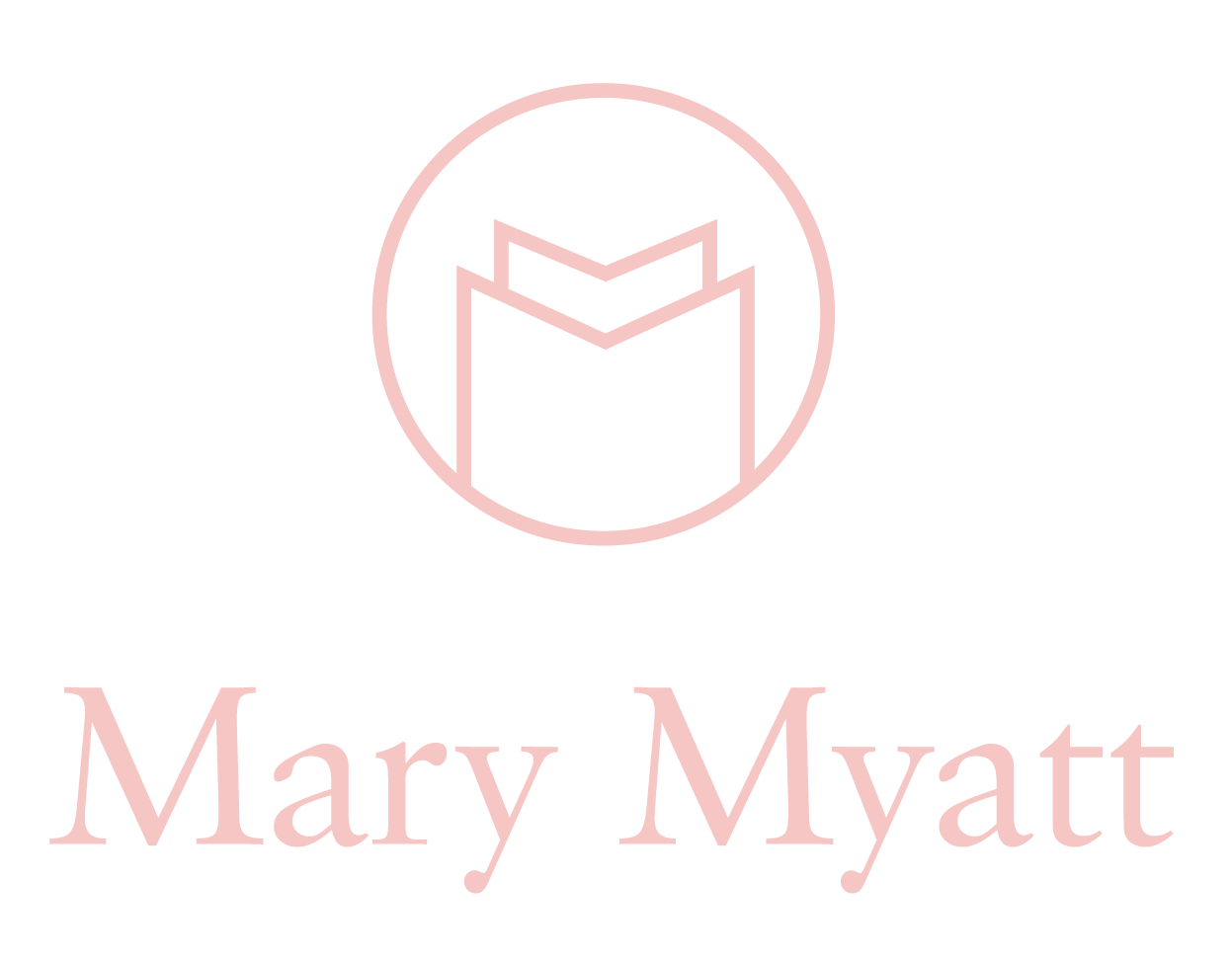No-one wants to feel like a muppet
Curriculum conversations can be tough, for several reasons. One reason is that it’s a hefty job. This is why the conversations need to happen over time. And a second reason is that any conversation about our practice or provision can made us feel vulnerable. For the senior leader the vulnerability can come from not knowing very much about the subject they line manage. For the subject leader, the vulnerability can come from fear of being judged about their work. One way to ease this is to use ‘distancing’ language. What is ‘distancing’ language and how can it help?
At the heart of ‘distancing’ language is recognising the importance of separating the work from the person. It’s important because the work doesn’t have feelings, whereas we as human beings do have feelings. When we use distancing language, we are creating a gap between what is being discussed and the person with whom we are having a discussion. We all feel a deep connection to our work and if our work is criticised or judged then it can feel personal. So, it’s helpful to try and separate the two by the language we use. Instead of saying:
Why are you doing that?
I wouldn’t have done it like that
You’ve got that wrong
That’s not good enough
This is how you should do it or
You should have known better!
It’s more productive to say:
I noticed that
This appears to be the case
I wonder what this means
Tell me if I’ve got this wrong, might have got this wrong, but this appears to be the case
I’m not sure about this, can you let me have more information?
What we are doing here is critiquing the work, not the person. So instead of saying, you’ve got this wrong, or this isn’t good enough, the distancing language enables us to open up the dialogue without anyone feeling like a muppet. Because no-one likes to feel like a muppet!
And we know that conversations between subject and senior leaders can be stressful for both sides. John Tomsett has created seven starters to open up curriculum conversations in a way that is both robust and fair.

